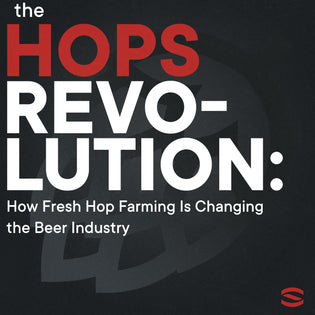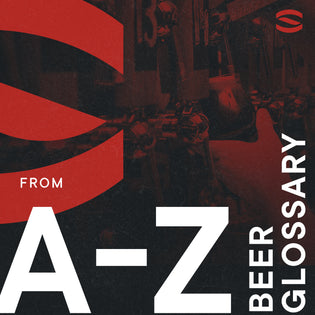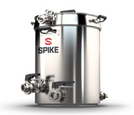
By now most people in America know that beer is made from water, malt, hops and yeast. The yeast eats the sugars and creates CO2 and alcohol as scientifically shown by the equation:
(Sugar) C6H12O6 ====> (Alcohol) 2(CH3CH2OH) + 2(CO2) + Energy
What isn’t shown or widely known is that fermentation is more complicated than this. Scientists know most of what happens during fermentation but there are still some things that haven’t been explained in their entirety. Considering beer has been brewed for thousands of years, it really has only been since Pasteur’s time that we have studied the microbiological workings of beer.
Quick history of yeast in beer-making
Early in beer-making history people didn’t know why their bread & water soup turned into a wonderful alcoholic beverage. At one point it is speculated that they had a magical wooden spoon that would assist in creating beer (the yeast and bugs lived in this non-sterilized spoon, of course). When the Reinheitsgebot (German Purity Law) was written in 1516, there was no mention of yeast. Sometime between then and Pasteur’s time, commercial brewers noted they could scoop up the white creamy layer at the bottom of an old batch and pitch it (brewer’s speak for “adding it”) into a fresh batch to commence fermentation. They called the white stuff “Godisgood” as they believed that God was blessing them by turning their barley sugar into beer.
We now know that yeast takes up O2 first in order to multiply (aerobic activity) and when the O2 is gone, it starts taking in minerals and sugars and going through cycles of anaerobic fermentation. The sugar actually is transformed into several different compounds including acetaldehyde before finally settling on alcohol. Even after the yeast has created alcohol it can then combine with a fatty acid to create an ester. Esters are one of many fermentation by-products that exist in beer in addition to the alcohol and CO2 that we all are familiar with.
Here are some fermentation by-products to know:
- Esters: Fusel alcohol combined with fatty acid, usually associated with perfume these can give you fruity flavors in English or Belgian beers
- Phenols: Some phenols are desired like 4-vinyl guaiacol which gives you the clove flavor in weissbiers, others can lend a bad medicinal or plastic flavor (obviously is undesired)
- Acetaldehyde: Green apple flavor that is usually re-absorbed by the yeast if fermented properly.
- Ketones: Diacetyl is a very common ketone which tastes & smells like buttered popcorn
- Fusel High Alcohols: Long chain alcohols that are responsible for hangover headaches.
- Extra vocabulary builder: Fatty acid = a carboxylic acid consisting of a hydrocarbon chain and a terminal carboxyl group.
Cheers!
Adam Draeger
Founder and Head Brewer at Inventors Brewpub
Port Washington, WI











